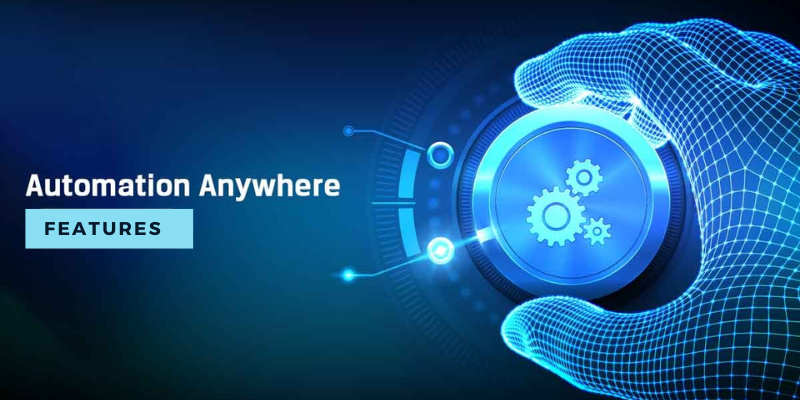Data analysis is the process of inspecting, cleaning, transforming, and interpreting data with the goal of discovering meaningful insights, patterns, and trends to support decision-making. It involves applying various techniques, statistical methods, and computational tools to understand the underlying structure of data and extract valuable information from it. Data analysis can take many forms, including descriptive analysis, exploratory analysis, statistical analysis, and predictive modeling.
Here are some key aspects of data analysis:
-
Data Cleaning: Data analysis often begins with cleaning and preprocessing the data to address issues such as missing values, outliers, and inconsistencies.
-
Descriptive Analysis: Descriptive analysis involves summarizing data using statistics and visualizations to provide a clear and concise overview of the data’s characteristics.
-
Exploratory Analysis: Exploratory analysis focuses on gaining a deeper understanding of the data by identifying patterns, relationships, and potential insights. It often involves data visualization and data mining techniques.
-
Statistical Analysis: Statistical analysis employs various statistical methods to test hypotheses, make inferences, and quantify the uncertainty associated with data.
-
Predictive Modeling: Predictive modeling uses historical data to build models that can make predictions or classifications on new or unseen data. Machine learning techniques are often applied in predictive modeling.
-
Prescriptive Analysis: Prescriptive analysis goes beyond predictive analysis by providing recommendations and actionable insights for decision-makers. It helps answer “what should be done” based on data-driven insights.
-
Data Visualization: Data visualization is a critical aspect of data analysis, as it helps convey complex information in a visual format. Charts, graphs, and dashboards are commonly used to represent data visually.
Data analysis is used across a wide range of domains and industries, including:
-
Business and Finance: Data analysis is used for market research, financial modeling, risk assessment, customer segmentation, and fraud detection.
-
Healthcare: In healthcare, data analysis supports clinical research, patient outcomes analysis, disease tracking, and healthcare management.
-
Marketing and Advertising: Data analysis helps marketers understand consumer behavior, optimize advertising campaigns, and measure the effectiveness of marketing strategies.
-
Manufacturing: Data analysis is used for quality control, process optimization, predictive maintenance, and supply chain management.
-
Education: Educational institutions use data analysis to assess student performance, improve teaching methods, and make data-driven decisions for curriculum development.
-
Government and Public Policy: Governments use data analysis for policy formulation, economic analysis, crime mapping, and public health monitoring.
-
Science and Research: Scientists and researchers employ data analysis to analyze experimental data, conduct scientific studies, and make discoveries in various fields.
-
Environmental Analysis: Data analysis is used to monitor and model environmental conditions, climate change, and natural resource management.
-
Sports Analytics: In sports, data analysis is used for player performance evaluation, game strategy optimization, and fan engagement.
-
E-commerce and Retail: Data analysis supports inventory management, demand forecasting, pricing strategies, and customer personalization.
In summary, data analysis is a versatile and essential process that plays a crucial role in decision-making across diverse industries and domains. It helps organizations and individuals derive actionable insights from data to drive improvements, solve problems, and make informed choices.
Visit: Data Analytics Training in Pune | Data Analytics Classes in Pune | Data Analytics Course in Pune




